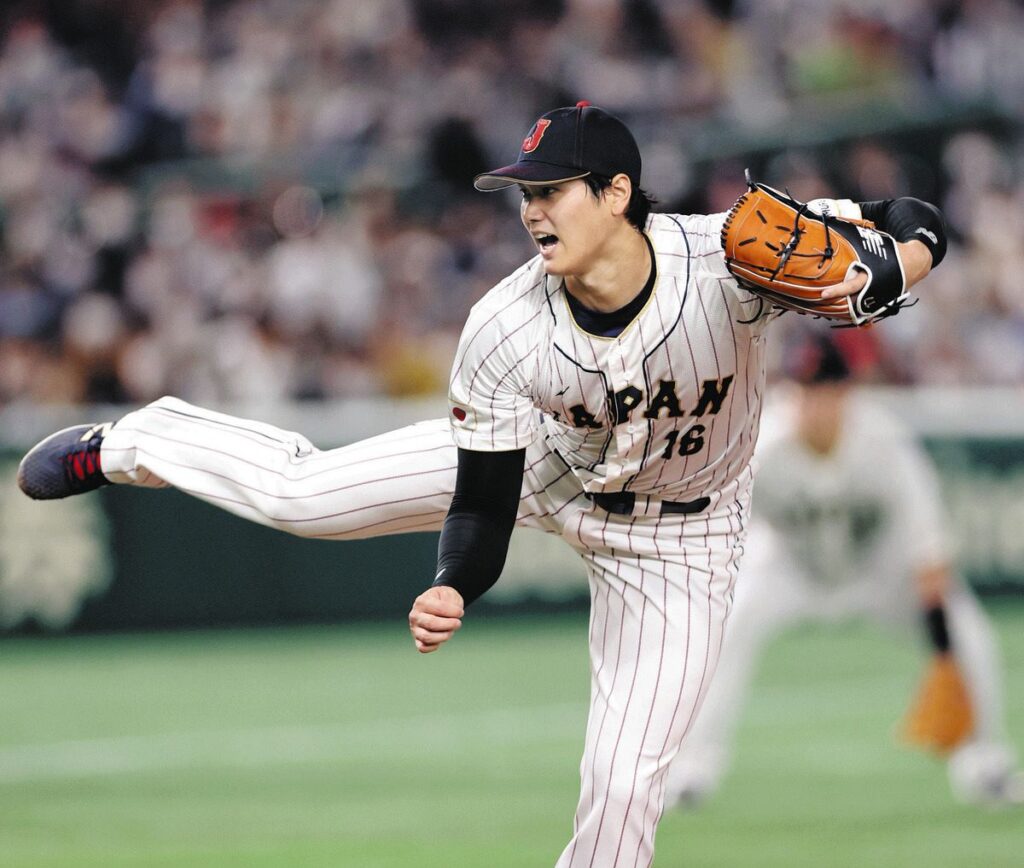
Kendo is one of Japan’s traditional martial arts, and many people are attracted to its spirituality and technical interest.
However, Kendo does not exist solely as a sport or competition, and there is often discussion about how its training can be useful in real-life self-defense and fights.
In this article, we’ll take a deep dive into how kendo can be used in real-life fighting situations, and the effects its training can have on your mind and body.
In order to get to the truth of whether kendo techniques and training methods directly lead to strength in fights, let’s approach the practicality of kendo from various angles.
目次
- 1 Introduction: What is Kendo?
- 2 Why Kendo is said to be useful in fighting
- 3 How Kendo techniques are useful in real fights
- 4 Kendo training methods and the reality of fighting
- 5 Mental benefits of learning Kendo
- 6 Reasons why Kendo is not directly useful for fighting
- 7 Conclusion: How does Kendo affect fighting?
Introduction: What is Kendo?
Kendo is a Japanese martial art, as well as a training method aimed at spiritual growth.
It was developed based on samurai swordsmanship, and is now widely practiced as a competitive sport.
Kendo training is characterized by wearing a bamboo sword called a shinai (shinai) and protective equipment.
history of kendo
Kendo has ancient origins and is deeply related to Japan’s samurai culture. It began when samurai practiced swordsmanship to hone their skills in actual combat, and the modern form of kendo took shape during the Meiji period.
After the war, Kendo was found to be valuable both as a culture and as an education, and has become widely popular both in Japan and abroad.
Basic rules of Kendo
Kendo matches are held one on one, with judges judging the accuracy of techniques and effective strikes.
An effective strike is to strike a specific part of the opponent’s armor (men, torso, kote, thrust) with precision and force with the tip of the sword.
Matches are usually best-of-three, with the player with the most points winning.
Effects of Kendo on the body
Kendo training has many positive effects not only on the body but also on the mind.
Physically, it is possible to build a well-balanced physical strength by using the muscles of the whole body evenly.
It also trains your explosive power and reflexes, and improves your body’s flexibility. On the mental side, Kendo’s ethos of etiquette and respect is said to improve self-control and patience, and help manage stress in daily life.
In this way, Kendo is a martial art with a deep history and culture that not only teaches techniques, but also encourages physical and mental growth through training.

Why Kendo is said to be useful in fighting
The main reason Kendo is said to be useful in modern fights and self-defense situations is because it improves both mental and physical performance.
Kendo training not only hones technique, but also comprehensively trains the user’s mind and body, which may be useful in real conflict situations.
Mental strength: calmness and concentration
Kendo is a martial art that requires extreme mental concentration. During a match or practice, a moment of laxity can lead to a loss, so a high degree of concentration is required at all times.
This training develops the ability to remain calm under pressure and make good decisions.
In fights and emergency self-defense situations, this type of calmness is extremely helpful and allows for an effective response.
Improving physical ability: reflexes and how to use your body
Kendo training trains your reflexes and improves your ability to perform various physical movements instantly.
Avoiding attacks while quickly counterattacking has direct advantages in fights.
Kendo also teaches you how to use your entire body, allowing you to understand how to maintain a well-balanced posture and use your strength efficiently.
This allows you to use technique rather than force to control your opponent, allowing you to achieve greater effect with less effort.
In this way, Kendo not only strengthens physical skills, but also strengthens the psychological ability to cope with stressful situations, so it is expected to be effective in real-life conflict situations.

How Kendo techniques are useful in real fights
Kendo techniques are said to be extremely useful in actual fights and self-defense situations, especially in terms of distance control and balance between attack and defense.
These techniques are acquired through Kendo practice, and can expand the range of action choices when faced with dangerous situations.
Mastering the sense of distance in actual combat
In Kendo, it is important to know the exact distance between you and your opponent and attack at the right time.
This sense of distance is equally important in fights, and is the basis for effectively avoiding the opponent’s attacks and at the same time making effective counterattacks.
This sense, honed through Kendo, allows you to instantly assess the distance between you and your opponent and act while maintaining an advantageous position.
balance between attack and defense
Kendo’s fighting style is characterized by placing equal weight on defense as well as attack.
In a match, you don’t just need to attack one-sidedly, you need tactics to properly block your opponent’s attacks and take advantage of any openings to counterattack.
Even in a fight situation, this kind of balance between offense and defense is important, and excessive aggression can actually expose your defenseless side.
Kendo training develops the ability to defend effectively and at the same time to determine when to counterattack effectively.
Kendo techniques directly map onto these practical skills, providing a foundation for making tactical decisions as well as physical responses in fights and emergency self-defense situations.

Kendo training methods and the reality of fighting
Kendo training is very systematic and consists of a series of formal movements and practical interpersonal training.
Let’s take a closer look at how these training sessions differ from real fights and what specific skills you’ll learn.
Difference between Kendo training and actual combat skills
Kendo practice is based on rules and etiquette. By using a bamboo sword and performing techniques against an opponent wearing specific armor, you will hone your striking and thrusting techniques.
However, these settings are very different from real fight situations. In a fight, there are no rules and attacks are unpredictable.
Therefore, self-defense techniques and improvised combat skills that cannot be learned in Kendo training may be required.
Specific skills that can be trained in Kendo
Kendo training provides specific skills such as:
- Body control : Kendo places great emphasis on how you use your body. Performing techniques with correct posture and movement will improve your ability to control your body.
- Training your reflexes : Training yourself to react quickly to your opponent’s movements will help improve your ability to make instant decisions in fighting situations.
- Mental Strengthening : Kendo also includes training to develop mental concentration and spirituality. This will help you develop the ability to remain calm under pressure.
These skills are gradually acquired through Kendo and are useful when dealing with various difficult situations in real life.
Although Kendo training is not directly applicable to all fighting situations, the many physical and mental benefits it provides are also extremely valuable in everyday life.

Mental benefits of learning Kendo
Kendo is a martial art that trains not only the body but also the mind, and its training provides many psychological benefits.
Here, we delve into the main psychological benefits of learning Kendo, especially the development of patience and self-control, and what competitive Kendo means to your daily life.
Cultivating patience and self-control
Kendo training consists of repeated basic movements and rigorous practice, which naturally develops patience.
By performing each movement accurately, you can also train yourself to suppress your impatience and irritation. Additionally, reacting calmly to matches and referee decisions can also increase self-control in daily life.
These mental skills are extremely important not only in the Kendo dojo, but also in social life and personal challenges.
Kendo as a sport and its meaning in life
Although Kendo is practiced as a competition, the lessons learned are not only technical, but also include deep life lessons.
For example, the spirituality learned from Kendo, such as the importance of respecting others and the importance of having a correct attitude, has a direct impact on interpersonal relationships and behavior in the workplace.
Additionally, the sense of self-respect and self-actualization gained through Kendo can lead to increased self-confidence and promote success in many aspects of life.
The mental training of Kendo offers more than just physical exercise.
This is a path to personal inner growth and is a lifelong pursuit for many Kendo practitioners.
The mental strength that learning Kendo brings can be of value in every aspect of daily life.

Reasons why Kendo is not directly useful for fighting
Although Kendo offers many physical and mental benefits, it may not be directly useful in actual fighting or self-defense situations.
This mainly has to do with the limitations of Kendo as a sport and the differences that exist between it and actual combat.
Differences between restrictions as a sport and actual competition
Kendo is a competitive sport that is played based on many rules.
These rules are established to ensure that the competition is fair and safe, and include, for example, the specific body parts that are allowed to strike and the standards for the Shinai and protective gear that should be used.
On the other hand, in actual fights, there are no rules and the opponent is not wearing protective gear, so there are many situations where Kendo techniques are difficult to apply directly.
Kendo also emphasizes respect and respect for the opponent, which is fundamentally different from aggressive and indiscriminate fighting styles.
Gap between Kendo rules and actual collision situations
Kendo practices and matches are held according to predetermined rules, but in actual conflict situations there are many unpredictable factors.
Kendo techniques are designed for constant movement and reactions, and may not be suitable for scenarios such as erratic attacks or defense against multiple attackers.
This gap is one of the main reasons why Kendo is difficult to have a direct effect on in actual fights.
Although the training provided by Kendo is valuable in many ways, the degree to which its technical and mental training can be applied to real-life lawless and unpredictable fighting situations is limited.
Therefore, when learning Kendo, it is important to understand its purpose and practical application, and to have appropriate expectations.

Conclusion: How does Kendo affect fighting?
Kendo may not provide techniques that are directly useful in fighting or self-defense scenarios, but it does offer a lot of mental and physical power that develops the individual.
We will explore the essence of true power gained through Kendo and how you can apply that learning to your daily life.
True power gained through Kendo
The true power gained from Kendo extends not only to physical ability but also to mental strength.
Kendo provides training for concentration, determination, and perseverance, all of which are useful when individuals face difficult situations.
These teachings are also extremely valuable in building relationships with others, as Kendo requires respecting others and confronting them with the correct attitude.
How to apply Kendo learning to daily life
The lessons learned from Kendo training can be applied to many aspects of daily life.
For example, the calmness and concentration that Kendo develops can be helpful when giving presentations at work or dealing with emergencies.
In addition, the courtesy and respect cultivated through Kendo serve as the basis for building human relationships and can improve the quality of communication.
Additionally, patience and effort in Kendo training will be of great help on the path to achieving personal goals.
Learning Kendo contributes much more to personal growth and improving the quality of daily life than fighting or direct self-defense.
By incorporating Kendo into your real life, you will be able to maximize its true value.




